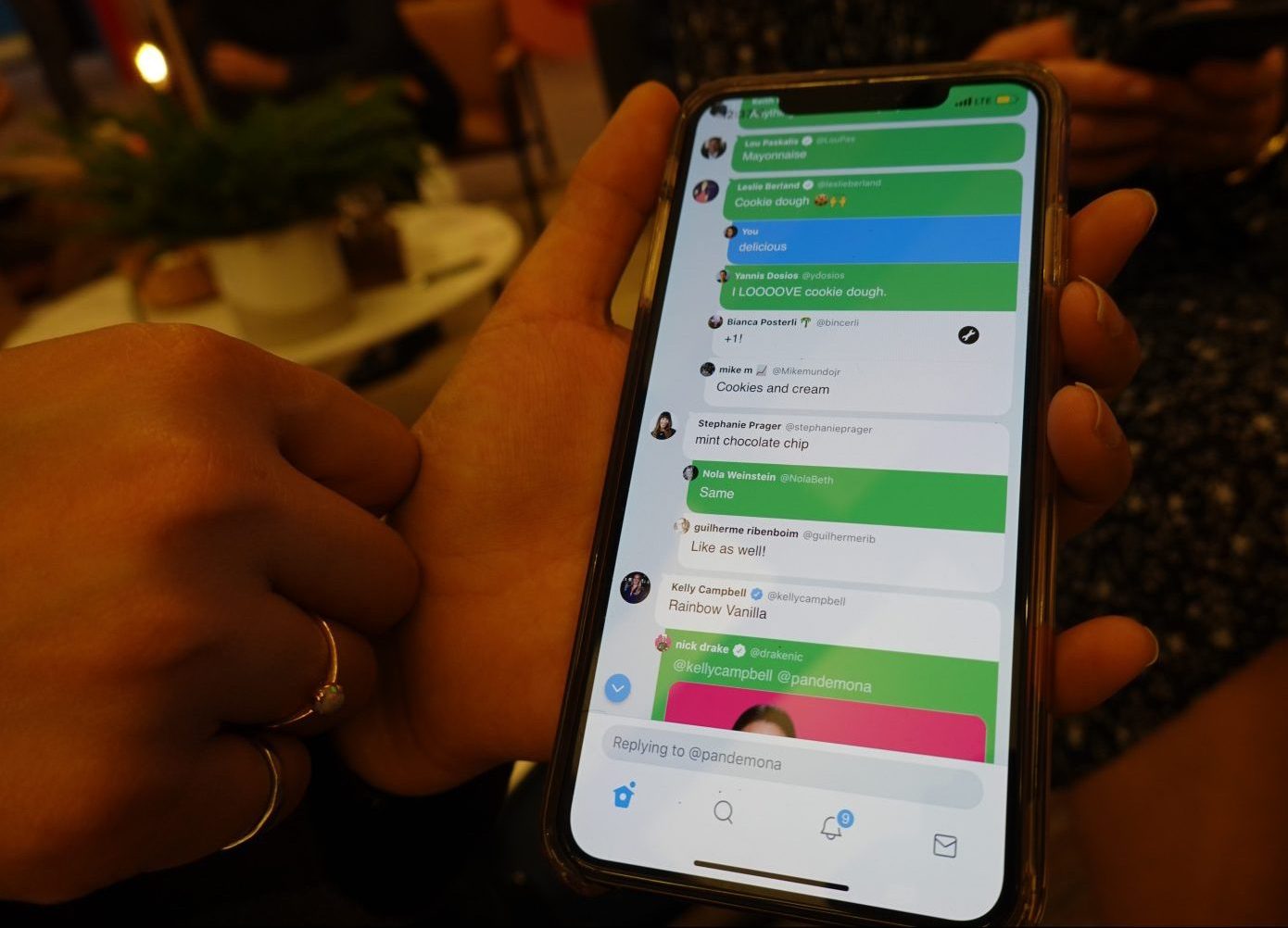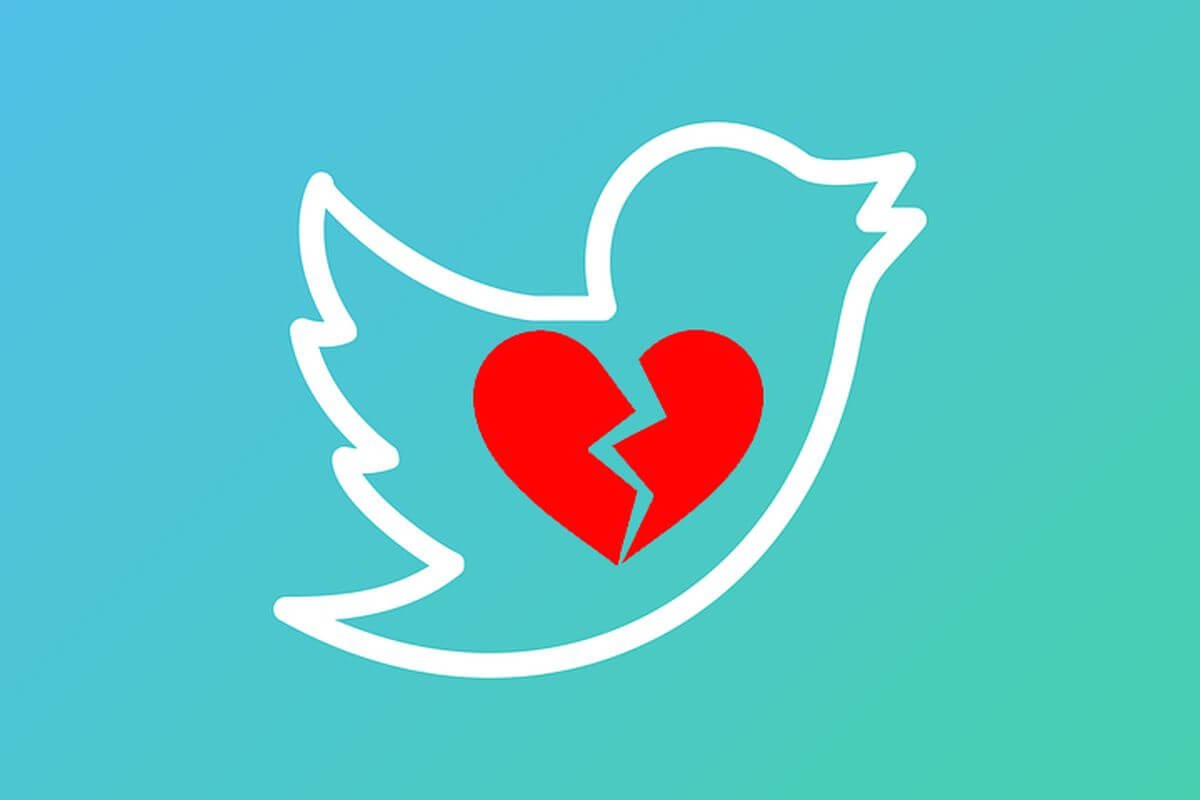There was panic in the Twitterverse early March this year when “news” about the removal of likes and retweets went viral. Well, there wasn’t any news about it. Users just assumed it was happening when Twitter Comm tweeted this:
A tweet that was later deleted by the user fueled the paranoia. It said that Twitter was removing likes and retweets altogether, instead of just hiding them, and that the changes were rolled out on Twitter instead of being tested on a prototype app. Those were two inaccurate assumptions that were blown out of proportion. Here are some of the reactions by Twitter users:
Speaking of Jack Dorsey, the Twitter CEO had repeatedly talked about wanting to remove the like button to facilitate healthier conversations on the platform. The panic is definitely justifiable then. The CEO introduced the idea for the first time in October 2018, at the Wired25 conference. Two weeks later, he brought it up again in a private Twitter event. That second time, he even said that they will remove the like button “soon,” as reported by Telegraph. This drew criticism from Twitter users, and attention from the media, prompting Twitter to release an official statement.
Twitter’s official statement didn’t help allay the users’ concerns since it didn’t explicitly say that removing the like button isn’t part of the plan. These concerns though tell us how people actually use Twitter, which could be different from what Dorsey and his team think about how people use the platform.
Twttr: The prototype app where changes are being tested

Image: Twttr Prototype App. Image taken from Imore
Dorsey’s idea of removing users’ ability to like a tweet would be devastating. The Twitter-like has several functions, and among them are:
- Bookmarking
- Scheduling
- Notation
- Passive interaction and response
Users can still retweet though, so important conversations can still be boosted, which is fundamentally what Twitter is all about. Twitter users still thought that both functionalities were going to be removed, hence the panic.
However, this isn’t what Twitter was testing on a prototype version called “twttr.”
The primary feature that was introduced when Twitter let a limited group of testers use the twttr prototype was the threaded conversation. The implication of this new look, however, was that the like and retweet buttons were hidden. Note that the features weren’t removed, they were only hidden. People only need to tap the conversation to be able to see the number of likes and retweets.
When testers posted screenshots of twttr on their Twitter accounts, people didn’t know this. All they know is that they couldn’t see the likes and retweets, so everyone thought it was going to be removed.
Hiding likes and retweets alter how people use Twitter
Dorsey’s idea of removing the like button but retaining the retweets could be better than what’s on twttr where both stats are hidden. By removing the likes only, users can still see the retweets and the virality of Twitter will still exist.
If the feature on twttr will indeed be rolled out to Twitter, people won’t see the likes and retweets in one glance, and they won’t be able to tell which conversations are important unless they tap on them.
People have used likes and retweets as tools to ignore trolls. More than that, these stats also help in boosting good conversations, and marginalized voices who could be drowned otherwise.
The “Ratio” would be difficult to determine
By hiding likes and retweets, there won’t be any clear indication if a tweet is controversial or if it had drawn immense criticism. That’s what the “Ratio” is all about. If a tweet got more comments than likes and retweets, we know that the Twitter user is getting lambasted.
The “Ratio” will no longer be relevant, and all tweets which represent an opinion, an idea, or a response, will be equal when in reality and on the Internet, opinions and ideas are never equal.
True, there are countless instances of harassment and abuse on Twitter, and Dorsey might have thought that removing the button will stop this from happening. To most users, however, this will only be scarier since trolls and attackers will be equal with their targets.
Retweets couldn’t be done in an instant anymore
Most Twitter users retweet after a split-second decision, mostly after glancing at the number of likes and retweets. There are users who refrain from retweeting something that has been retweeted thousands of times already, to avoid being repetitive and redundant. Others tend to retweet popular posts in order to be relevant. When likes and retweets are hidden, these things won’t happen anymore. There won’t be any instant retweeting, and people may do less of it in the long run.
Fake accounts won’t be as noticeable
Another side effect of hiding likes and retweets is that bots and fake accounts will not be easily noticeable. If one of your contacts has 15,000 followers, how would you know that it’s not a bot account? You need to look at their tweets and the number of likes and retweets they received. If no one among their thousands of followers liked or retweeted any of their tweets, then that account is fake. It’s likely that most of those 15,000 followers are also bots.
If likes and retweets are hidden, fake accounts and bots can easily creep in, and we can’t immediately tell them apart from real ones.

